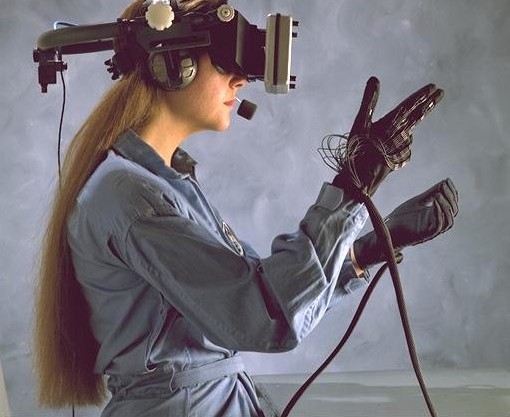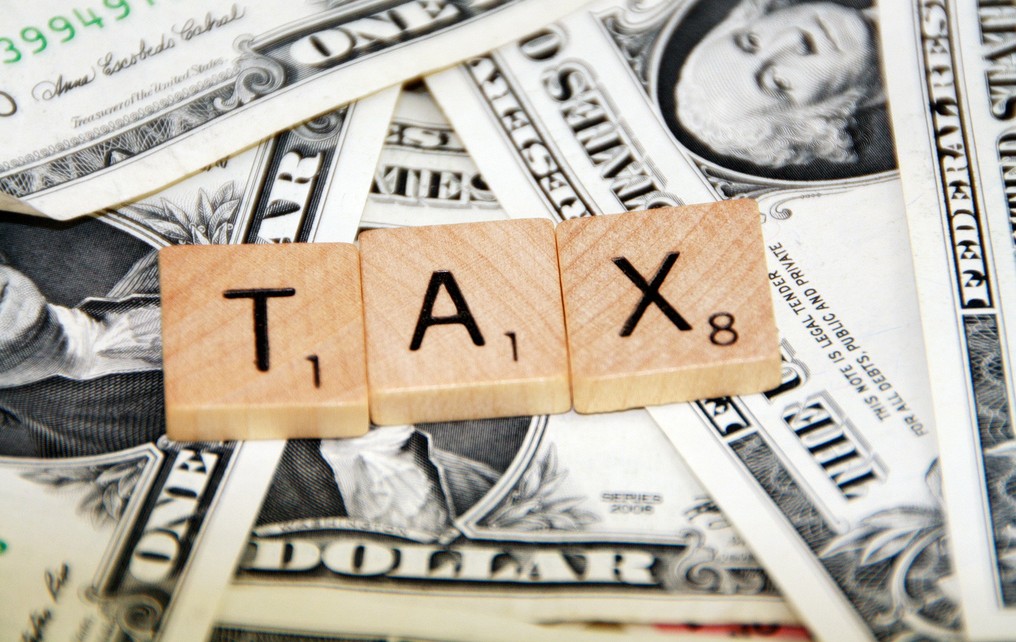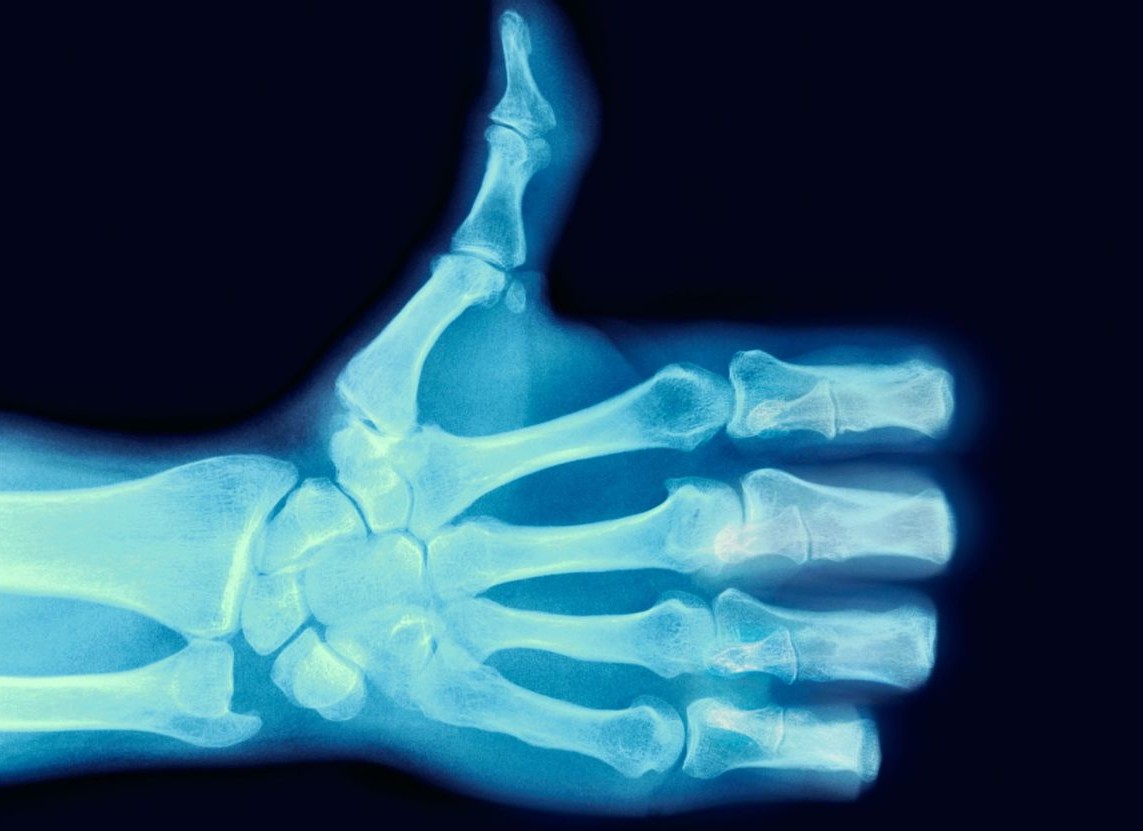Alex Dalland
In what could be an Australian first, an education startup on Queensland’s Sunshine Coast has introduced an app incorporating ‘Augmented Reality’ into schools.
Mooloolaba based company MyDiary uses the technology to bring more than 300,000 Australian school diaries to life using students’ mobile devices – with extra content appearing on the paper pages as they navigate them with the phone’s camera.
According to Ooyala’s Q1 Global Video index, this will not just make education more entertaining – it will also help increase fact retention, with only 10 per cent of read information being retained more than three days on average, compared to a 65 per cent retention rate if an image or video is paired with the same content.
“Having led a school where technology played a significant role in teaching and learning, I wish we had had AR available! AR allows schools to connect with their students using technologies with which they are familiar. This connection of print and electronic footprints is a bonus for school communication and marketing,” Tracy Provest, retired principal of Ulladulla High School and education consultant for MyDiary says.
Augmented Reality, the kind of technology seen in games like Pokemon Go that allows devices to interact with their surroundings, is considered groundbreaking across many fields and experts believe that it may have hidden potential in the classroom.
“This technology makes the reader feel as if they are not only reading a book, but that they are a part of the action,” Phil Goerner, librarian and adjunct professor with the University of Colorado said in a recent article on School Library Journal.
“Imagine a teacher creating an [Augmented Reality] of a graphic of the human heart in a school textbook. As the student scans the image, a 3-D image pops up showing detailed views of chambers and ventricles. Augmented Reality has the power to exponentially expand our access to information.”
A survey conducted by Samsung across the United States suggested that 86 per cent of teachers found it difficult to keep students engaged in their curriculum, with 83 per cent suggesting that Virtual Reality – such as that utilised by the tech giant – could help improve course outcomes.
One example of using virtual reality in the classroom is that of ‘transporting’ students to a historical location or era, such as Ancient Greece, allowing them to walk around a city or place and explore objects in a more immersive manner than conventional teaching methods allow, while providing educational and historical insights into the time and place.
“For teaching languages, for example, it is already shown that it is very useful. Progress is being made in environments to get to be collaborative, and then we will be able to get connected to many learners in the same virtual space”, David Fayerman, a close follower of e-learning innovation and digital publisher from Spanish design group inMediaStudio says.












